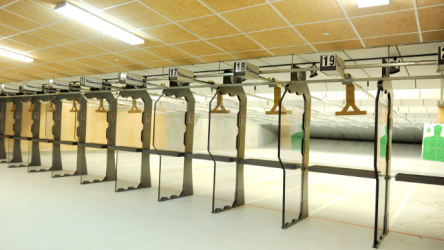
If it’s been a lifelong dream of yours to participate in a marathon, you don’t want to let anything get in your way. Sometimes this drive can end up hurting you more than helping you prepare. If you’re experiencing these three injuries while practicing, then it’s time to stop and talk with your doctor.
Calf Sprain
Your calf is obviously a very important muscle that allows you to freely carry your entire body weight through the running motion. If you’ve sprained your calf, it can be tempting to find a temporary solution that still allows you to keep moving. Many will opt for taping their calf or using a compression sleeve. While these can be effective methods for managing pain, they’re not great substitutes for rest. Rest is necessary to allow your calf muscles to heal the tears that you’ve experienced.
Shin Splints
Stress fractures in the lower half of the body are a big no-no when it comes to training through the pain. Often, people develop these stress fractures in their shins, which is why they’re commonly termed shin splints. However, they can happen in any bones in your lower body including your pelvis and ankle. You’ll feel tenderness to the area, especially when you put your weight on it or press. You should stop and seek the assistance of an ankle care doctor for your diagnosis. If you continue to train with these stress fractures in your bone, you’re more likely to induce a full-on bone break that could have you out for months.
Runner’s Knee
More formally known as patellofemoral pain syndrome, this condition happens when the kneecap actually starts to rub on the thigh bone. You’ll experience pain in the front of the knee that gets worse when you perform activities like running, going up stairs, and exercising. If you keep running through the pain, it can reduce your cartilage under your kneecap. Once your cartilage is gone, you’ll have no protective barrier and you can’t regrow one currently. Stopping is your best bet so that you can treat the underlying issue. In most cases, the culprit is connective tissue tightness or quad and hip imbalances in the body.
When it comes to running that marathon, you know showing up on the day is the most important thing for you. Don’t get trapped in the ‘must train through anything’ mindset as it can lead you to make any of the above three injuries worse. Rather, take some time off to assess the situation and remedy the injury before moving on.







